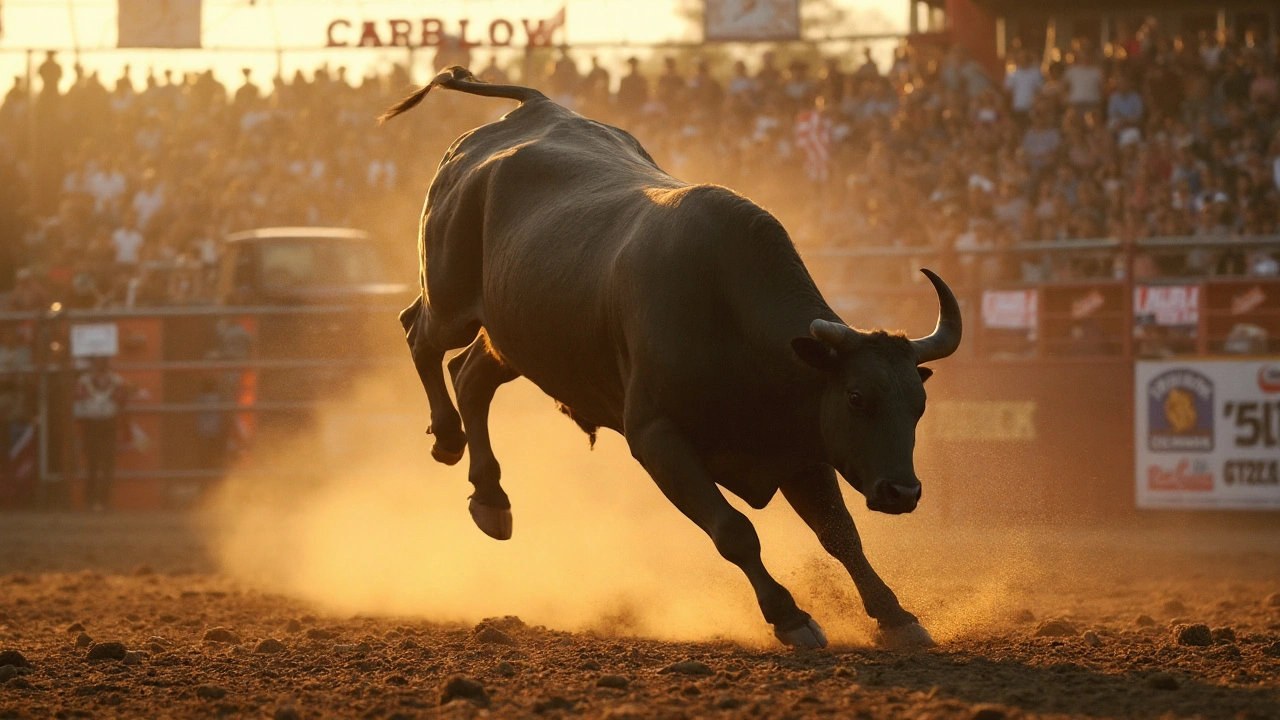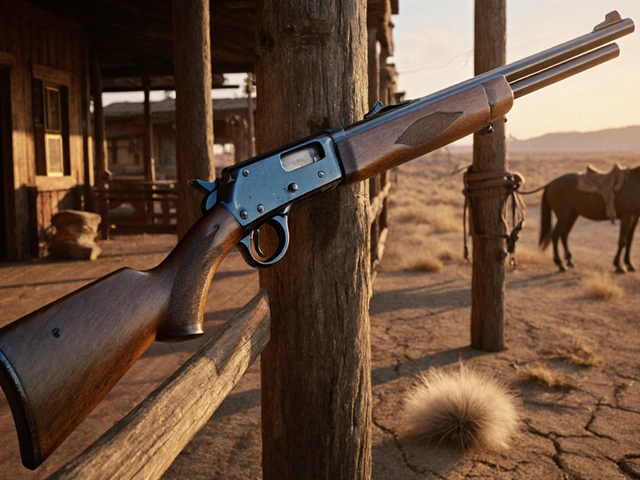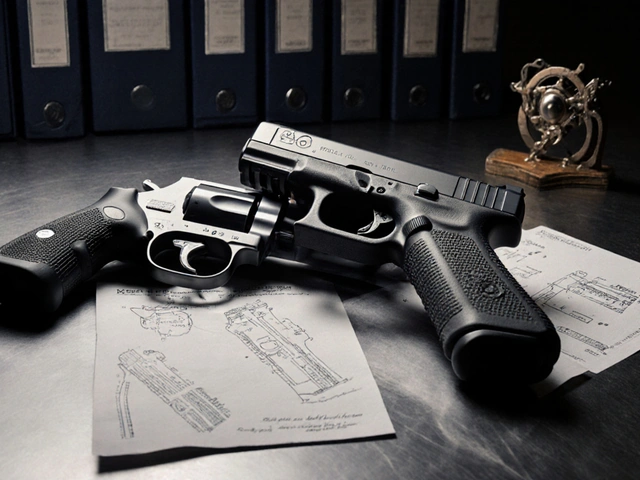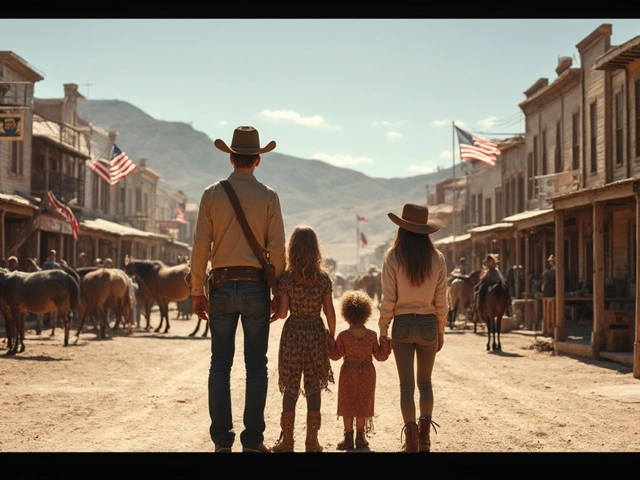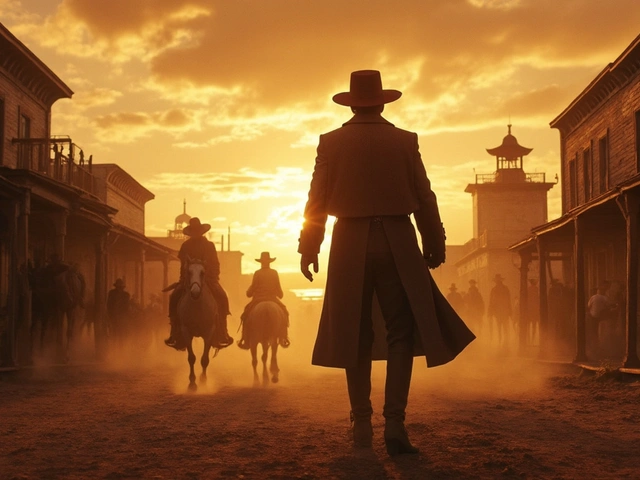You see a two-thousand-pound animal explode out of a chute and launch into the air, and it’s hard not to wonder: what on earth makes a bull jump like that? Short answer: they’re not doing aerobics-they’re trying to unload pressure. That pressure is the rider, the rope, the squeeze of the chute, the roar of the crowd, and the urge hard-wired into prey animals to remove anything on their back. Add selective breeding for athletic bucking and a snug flank strap that cues the body to kick, and you get those big leaps and violent spins. I’ll walk you through the mechanics, the gear, the genetics, and the welfare realities you can actually spot with your own eyes.
- They jump to get the rider off-instinct and physics, not anger or tricks.
- Breeding, fast-twitch muscles, and a snug flank strap boost the bucking reflex.
- Good dirt, adrenaline, and the short 8-second ride make the jumps bigger and safer.
- Rodeo rules require padded, quick-release gear; injuries to animals at sanctioned events are rare and documented by vets.
- Watch shoulders, hip height, and spin direction to “read” a bull’s jumpy style.
Why Bulls Jump: Instinct, Biomechanics, and the 8‑Second Game
Why do rodeo bulls jump so much? Because jumping, kicking, and spinning are the fastest ways to throw off a rider. Cattle are prey animals. When something lands on their back, flight and removal behaviors kick in. Rodeo channels that instinct into a short, measured contest. It’s not rage; it’s a removal strategy.
Think of a buck as a full-body whip. The bull drops his shoulders, launches his hind end, arches through the back, and whips the hips upward. That snap makes the rider’s center of gravity lag behind, yanking the hand loose. Spinning adds lateral force-centrifugal pull that flings the rider outward. The higher the hips go and the tighter the spin, the harder the ride.
What actually happens in those eight seconds?
- Gate pops. The bull surges out. You’ll see an initial jump as he clears the chute and finds footing.
- First drop and kick. He pours weight onto the front end, then fires the hind legs high. That “hip over head” moment jerks the rider backward.
- Finds a rhythm. He may choose a left or right spin. Bulls often have a preferred direction, just like humans being right- or left-handed.
- Combo moves. Some bulls mix “belly roll” (twisting the spine sideways) with high kicks. Others hammer a straight, powerful line with big vertical hops-what fans call “air time.”
- Micro‑adjust. If the rider sticks, the bull changes tempo-quicker jumps, sharper spins, even a direction swap mid-ride.
- Release. Bell weight drops the rope when the rider dismounts or gets bucked off. Pickup riders and clowns clear the pen.
Under the hood, the bull is using serious hardware. Hindquarters are loaded with fast‑twitch fibers that fire hard and quick. Elastic tendons store energy like springs. A deep chest keeps balance as the head dips and rises. The back acts like a leaf spring, flexing, then recoiling. You’re watching pure biomechanics, amplified by breeding for athleticism.
Want to “read” a jumpy bull fast? Here’s a cheat:
- Watch the shoulders out of the gate-hard drop usually means a big kick is coming.
- Eyes and ears point where he’ll spin more often than not.
- Long, floating hang time (hips high) usually equals higher bull scores and tougher rides.
- Short, choppy hops with a tight spin can be even nastier for balance.
Real examples help it click. Bulls like Bushwacker and Asteroid (U.S.) were famous for power and timing more than huge vertical leaps. Bodacious was known for explosive forward drops that slingshotted riders over the head. In Australia, names like Mick E Mouse stood out for big kick and timing. Different styles-same goal: make the human lose position.

The Gear and Genetics Behind Big Jumps
Let’s clear the biggest myth first: the flank strap is not tied to a bull’s testicles. Not allowed, not needed, not how it works. The strap sits in front of the hips (the flank), across the belly muscles. When snug, it cues the bull to lift the hindquarters and kick. Think of it like a seat belt that makes you sit up straighter; here, the cue is: kick upward to get relief and shake the weight.
Sanctioned rodeos follow strict gear rules. The flank strap is wide, often lined with sheepskin, and designed for quick release. Spurs must have dull, free‑rolling rowels; they’re for rhythm and balance, not for cutting. The bull rope goes around the chest, not the neck, with a metal bell that helps pull the rope off when the rider comes free. These details are written into rulebooks by groups like the PRCA and PBR in the U.S., and APRA and ABCRA‑sanctioned events across Australia. Onsite vets and judges inspect gear before rides.
Breeding matters as much as gear. Stock contractors pair sires and dams that buck hard and move athletically-high kick, strong spin, quick feet. Programs like American Bucking Bull Inc. (ABBI) and ABBI Australia track bloodlines and host futurities where young bulls buck under a dummy (no rider) so handlers can see natural bucking style without human variables. Bulls that kick higher and keep a clean rhythm get selected for pro careers. It’s the same logic as sprinting lineages in track and field, just with hooves and horns.
Arena footing changes jumping too. Bulls push off deeper, softer dirt-usually about a boot’s depth-because it gives traction and cushions the landing. Hard, slick ground kills the launch and risks slips; nobody wants that. Good dirt means better jumps and safer joints. Promoters groom it between sections, adding moisture to keep dust down and footing consistent.
Adrenaline and environment also amplify bucking. The squeeze of the chute creates a “compressed spring” moment. When the gate opens, that stored tension turns into quick, explosive moves. Loud crowds, lights, and a new pen can rev a bull up. Handlers try to keep the back‑of‑chute calm so the first jump is clean, not panicked.
| Factor | What it does | Safeguard / Standard | Typical Source |
|---|---|---|---|
| Flank strap (front of hips) | Cues higher hind‑end kick; cleaner bucking rhythm | Width/padding rules; quick release; mandatory inspection | PRCA/PBR rulebooks; APRA guidelines |
| Bull rope + bell | Gives rider a hold; bell drops rope on release | Approved materials; bell weight requirements | Event stock rules |
| Dull, rolling spurs | Rider balance and timing (no cutting) | Rowel diameter and free‑roll checks | Officials/judge inspection |
| Breeding for bucking | More power, kick height, and spin consistency | Age limits; futurity assessments under dummies | ABBI / ABBI Australia |
| Arena dirt (soft, deep) | Traction for launch; softer landings | Moisture, raking, depth targets | Stock contractor best practices |
| Ride time (8 seconds) | Short, high‑intensity effort | Clock + flank off after rider off | All sanctioned bodies |
Scoring helps explain why some bulls “look jumpier.” Bull riding is scored out of 100: up to 50 points for the bull (power, kick, spin, difficulty) and up to 50 for the rider (control, timing, form). A bull with big vertical kick and a tight, dynamic spin usually earns a higher bull score. When you hear a commentator say “That’s a 46‑point bull,” they mean the animal performed with a lot of jump, snap, and difficulty-independent of whether the rider made the whistle.
Here’s a simple way to decode a ride in real time:
- First two jumps: look at hip height-above the rider’s head signals power.
- Spin choice: did he lock into a direction and keep speed?
- Variety: did he mix timing or direction to test the rider?
- Recovery: after a stumble or slip, did he re‑gather and keep bucking?
- Finish: did he sustain effort through the buzzer?
Training plays a supporting role. Young bulls start with light flank pressure and a bucking dummy to learn the cue‑kick connection without a human aboard. Weight increases gradually. Handlers look for willingness and style-not fear. Bulls that don’t enjoy the game usually show it: they quit, stop bucking, or sour in the chute. Those animals get moved along or retired rather than forced.
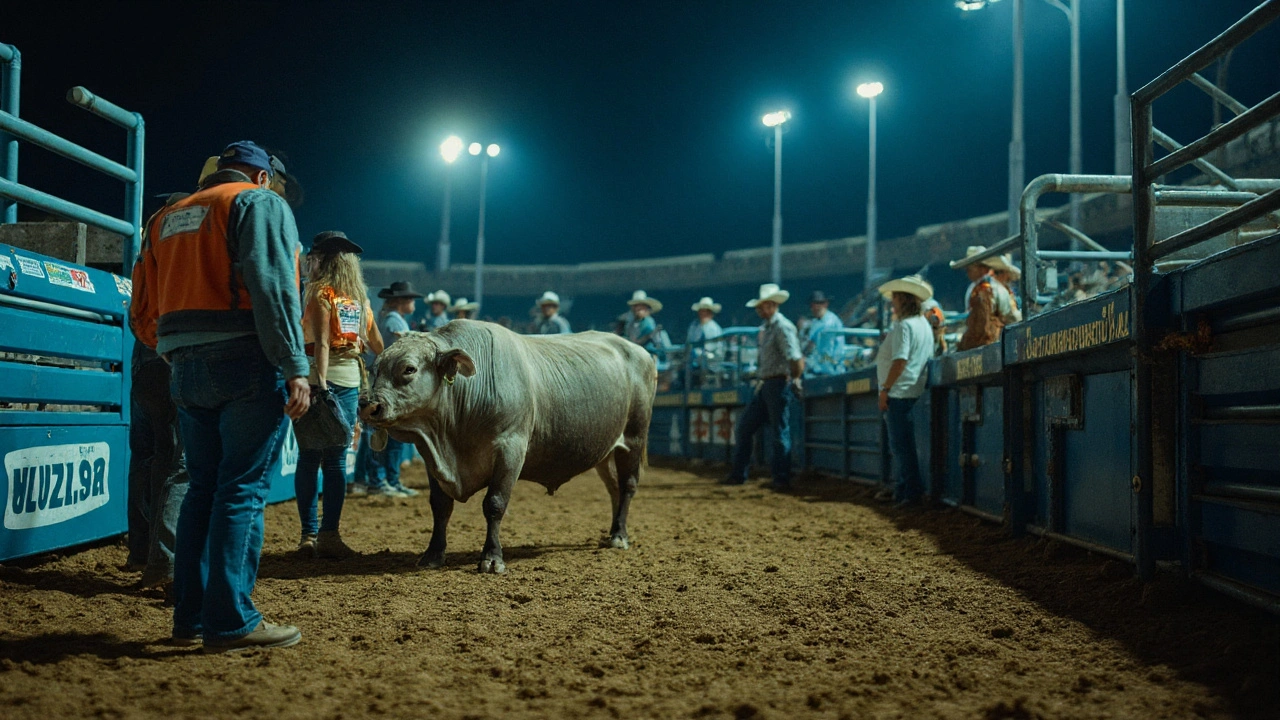
Welfare, Myths, and What New Fans Should Watch For
There’s a lot of noise online about why bulls buck, much of it wrong. Three big myths:
- “They tie the strap to the bull’s testicles.” False. The strap sits in front of the hips. That’s enforced by rules and easy to see from the stands.
- “Spurs cut them.” Not with approved spurs. Rowels must roll and be dull. Judges check them. You’ll see riders disqualified if they don’t pass inspection.
- “Bulls are ridden for ages.” The ride is eight seconds. That’s by design-short, high‑intensity, then off.
Do bulls get hurt? Injuries can happen in any sport, but the veterinary data from large sanctioning bodies is consistent: low rates. PRCA veterinary surveys have reported animal injuries under one tenth of one percent of animal performances, and PBR’s event vet reports show similar numbers. In Australia, APRA‑sanctioned events follow state Codes of Practice for rodeos, with vets on site for professional shows. Bulls are valuable animals; contractors have strong incentives to keep them healthy.
You can assess welfare with your own eyes. Use this quick event checklist:
- Flank strap sits in front of the hips and comes off right after the rider does.
- Spurs have wide, rolling rowels; no sharp points; judges inspect before rides.
- Fresh, soft dirt; crew rakes and waters between sections.
- Onsite vet visible; injured animals receive immediate care and are removed.
- Handlers move cattle calmly; minimal prodding; no chaos in the back pens.
Common questions, rapid‑fire:
- Do bulls enjoy bucking? Enjoy is a human word. What matters is willingness. Good bucking bulls show eagerness in the chute, break like sprinters, and keep a rhythm. Sullen, balky cattle don’t make it to top levels.
- How high do they actually jump? You’ll see hips float well above a rider’s head. The shock comes from timing and snap, not a specific meter mark.
- Why do some bulls barely leave the ground but still buck riders? A tight, fast spin with a body roll can be harder to sit than big vertical hops.
- Do flank straps hurt? Properly fitted and padded, they’re a cue, not a pain device. If one pinches or slips, officials fix it. Bulls that feel wrong will show it, and judges will reset.
- What about drugs? Doping is banned. Sanctioned tours run testing, and vets can pull animals.
- How long is a bull’s career? Many start under a dummy at two, carry riders at three to four, peak around five to eight, and retire to pasture and breeding if they’re studs.
- Are horns tipped? Often, yes-rounded for safety within local rules. Still not soft, so arena crews and clowns are there for protection.
- Do some bulls prefer a certain hand? They prefer a spin direction; right‑handed riders tend to like right spinners and vice versa, but a great bull can be tough either way.
Want to spot quality and safety like a pro? Try these moves next time you’re at a show (or watching a PBR broadcast):
- Pre‑ride scan: check strap location, dirt condition, and the bull’s demeanor (calm but coiled is ideal).
- Out of the gate: count the first three jumps-hip height and rhythm tell you if a big bull score is coming.
- Spin lock: once he chooses, does he keep speed and kick, or flatten out?
- Clock: if the rider hits eight, watch the dismount. Good crews peel the strap and clear traffic fast.
- Post‑ride: bull exits sound-no limping, no distress-handled with calm horses and people.
If you care about welfare, you’re not alone. Veterinary oversight is standard on pro tours. Rulebooks require padding and inspections. In Australia, state Codes of Practice govern animal use in rodeo; events risk penalties if they breach them. Independent animal welfare groups watch, too. Pressure from all sides has made modern pro bull riding much tighter on safety than it was decades ago.
Scenarios and next steps, depending on who you are:
- New fan at your first rodeo: arrive early and watch back‑chute routines from a distance. You’ll learn more in 20 minutes there than in hours online.
- Parent with kids: pick seats a little higher for a better view of strap placement and spins, and to stay clear of the fence. Noise‑canceling earmuffs help with the chute blast.
- Curious but welfare‑minded: talk to the onsite vet or a judge during a break. Ask where the flank strap sits and how they check spurs. Most will gladly explain.
- Student doing a project: look up PRCA and PBR animal welfare summaries and your state’s Rodeo Code of Practice. Compare their policies and note inspection steps.
- Aspiring rider: before you ever nod your head, get time with a reputable coach, learn gear checks, and get on a drop barrel, then steers, then junior bulls. Slow is safe.
Handy rules of thumb to remember:
- Big kick + tight spin = high difficulty for riders and higher bull scores.
- Deep, soft dirt = higher, safer jumps. Slick = smaller jumps and more slips.
- Strap in front of hips = legal; anywhere else = wrong, and officials will catch it.
- Eight seconds is the whole contest, by design. A short sprint, not a marathon.
If you heard one thing and it stuck, make it this: bulls jump and buck because that’s the most efficient way to unload a rider, and modern rodeo amplifies that athletic instinct with careful breeding, precise gear, and tight time limits. Watch with a critical eye, check the cues I’ve laid out, and you’ll start to see the method in the mayhem.

